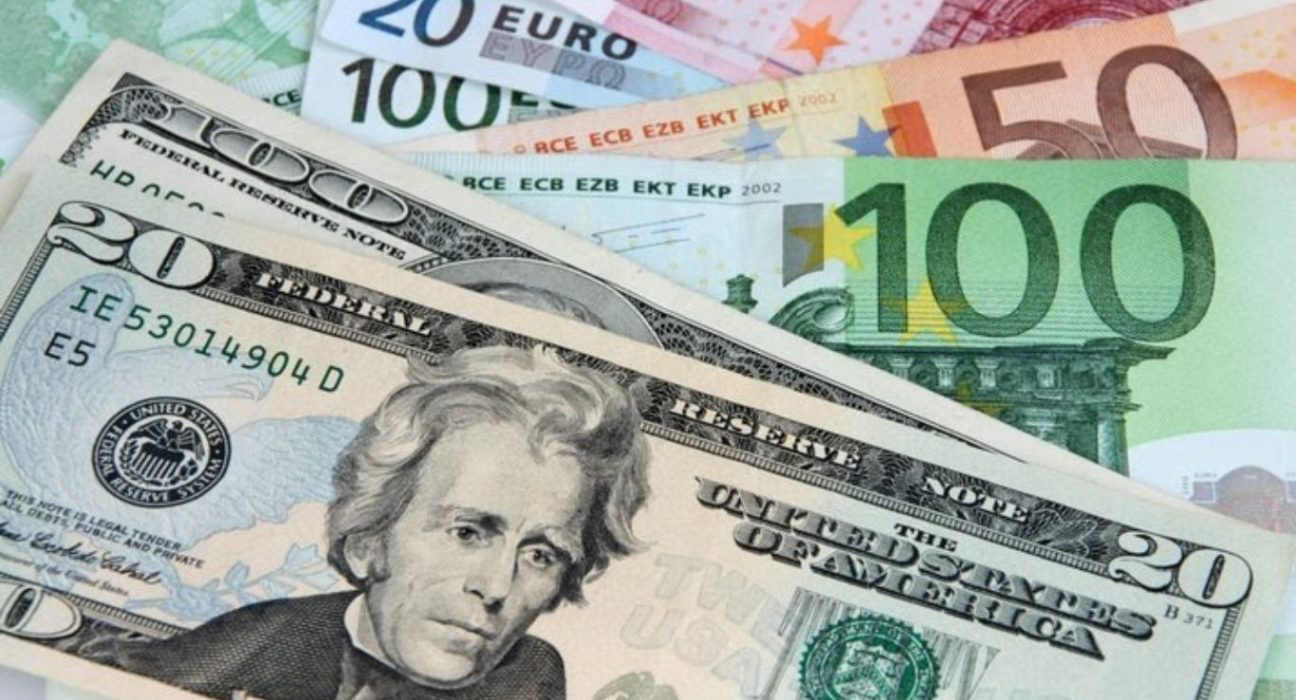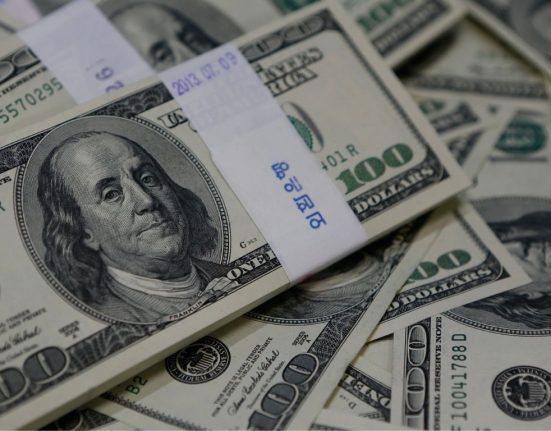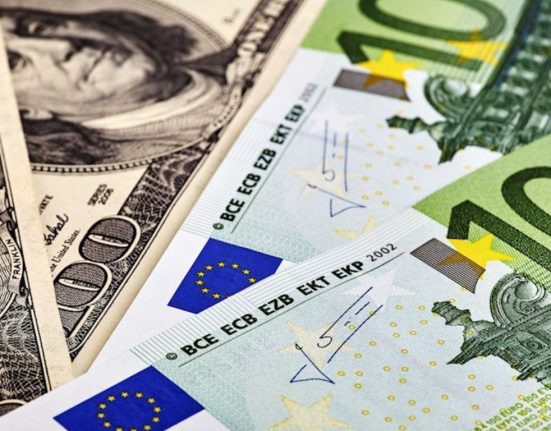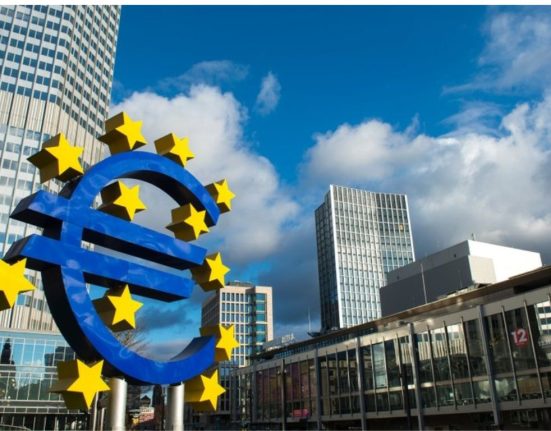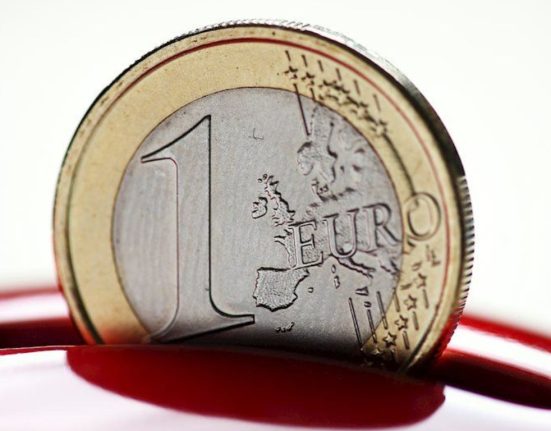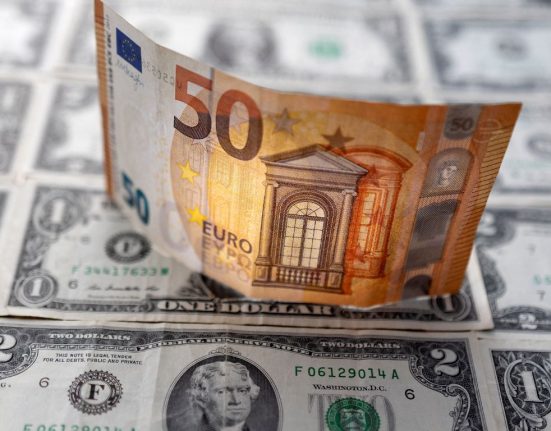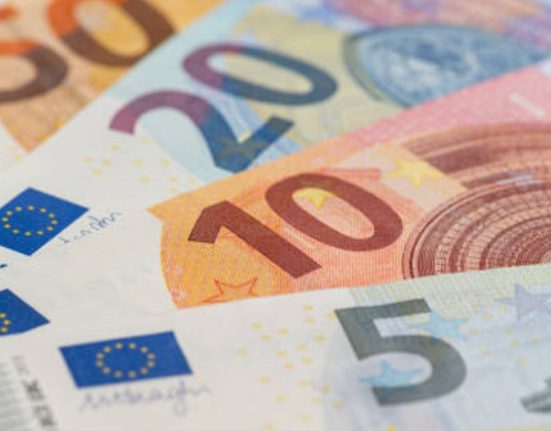Introduction
The EUR/USD currency pair, a widely observed benchmark in the forex market, has been encountering a consistent downward trajectory following its peak on July 18th, where it reached 1.1275. The subsequent days have witnessed notable market activity as the pair attempted to breach the critical psychological level of 1.1000. However, this endeavor was met with substantial selling pressure, leading to a decline that brings the pair closer to the 1.0900 mark. The key driver behind this movement lies in the resurgence of the US Dollar, as reflected in the currency strength chart. In this article, we delve into the factors influencing the EUR/USD’s recent performance, with a specific focus on the revitalized US Dollar and the impending Euro Area PMI figures.
US Dollar Strength and its Impact
The recent bout of downward pressure on the EUR/USD can be attributed to the remarkable resurgence of the US Dollar. The Dollar’s strength has been evident in its performance across various currency pairs and is underscored by its current stance against the Euro. A closer look at the currency strength chart clearly illustrates the Dollar’s dominance, particularly during the start of the trading day. This renewed vigor in the US Dollar can be linked to several factors, including robust economic data releases, positive market sentiment, and evolving global dynamics. Investors seeking safe-haven assets amidst global uncertainties have favored the Dollar, exerting additional pressure on the Euro.
Failed Attempt at Psychological Level
A pivotal moment in the recent EUR/USD movement was the attempt to breach the psychological level of 1.1000. Market participants closely watched this endeavor as it could have signaled a potential reversal in the ongoing downtrend. However, the push above 1.1000 was met with considerable selling pressure. This resistance points to the prevalence of bearish sentiment surrounding the Euro, despite periodic attempts at recovery. The failure to maintain momentum above this level highlights the significance of psychological barriers in forex trading and the complex interplay between technical and fundamental factors.
Euro Area PMI Data
Looking ahead, market observers are eagerly anticipating the release of final PMI (Purchasing Managers’ Index) numbers from the Euro Area. The PMI is a critical economic indicator that provides insights into the manufacturing and services sectors’ health within the region. The upcoming data release has the potential to influence the EUR/USD’s trajectory, especially in the context of its recent struggles. Positive PMI figures could provide a much-needed boost to the Euro, potentially offsetting some of the selling pressure and aiding in a recovery attempt. On the other hand, disappointing figures could exacerbate the Euro’s decline against the US Dollar.
Conclusion
In conclusion, the EUR/USD currency pair’s recent journey has been marked by a consistent decline following its peak in mid-July. The resurgence of the US Dollar stands out as a primary driver behind this movement, with the currency strength chart underscoring its dominance. The attempt to breach the psychological level of 1.1000 showcased the Euro’s struggles in the face of bearish sentiment. As traders await the final Euro Area PMI data, the market remains in a delicate balance, with potential outcomes swinging the EUR/USD in either direction. The coming days will provide further insights into whether the Euro can regain its footing or if the US Dollar’s resurgence will continue to dictate market dynamics.
